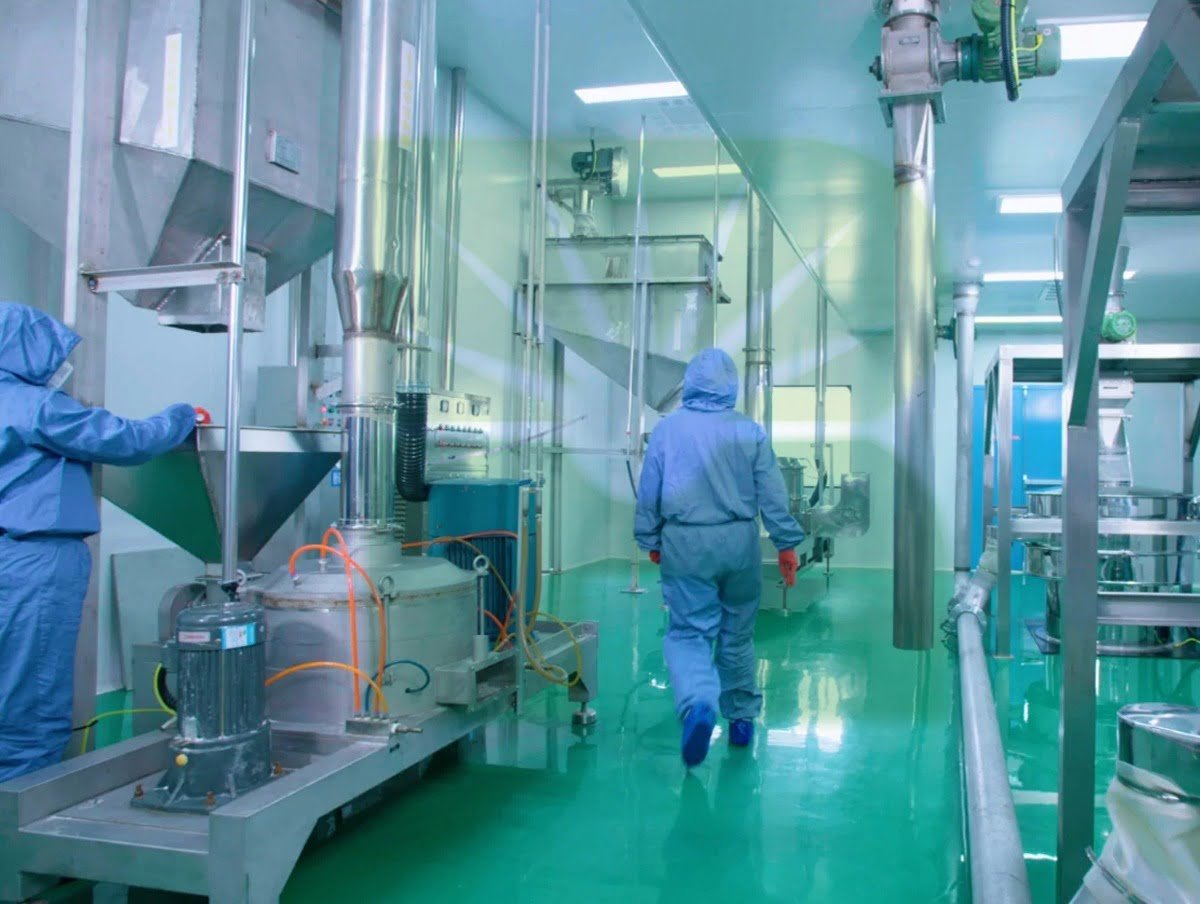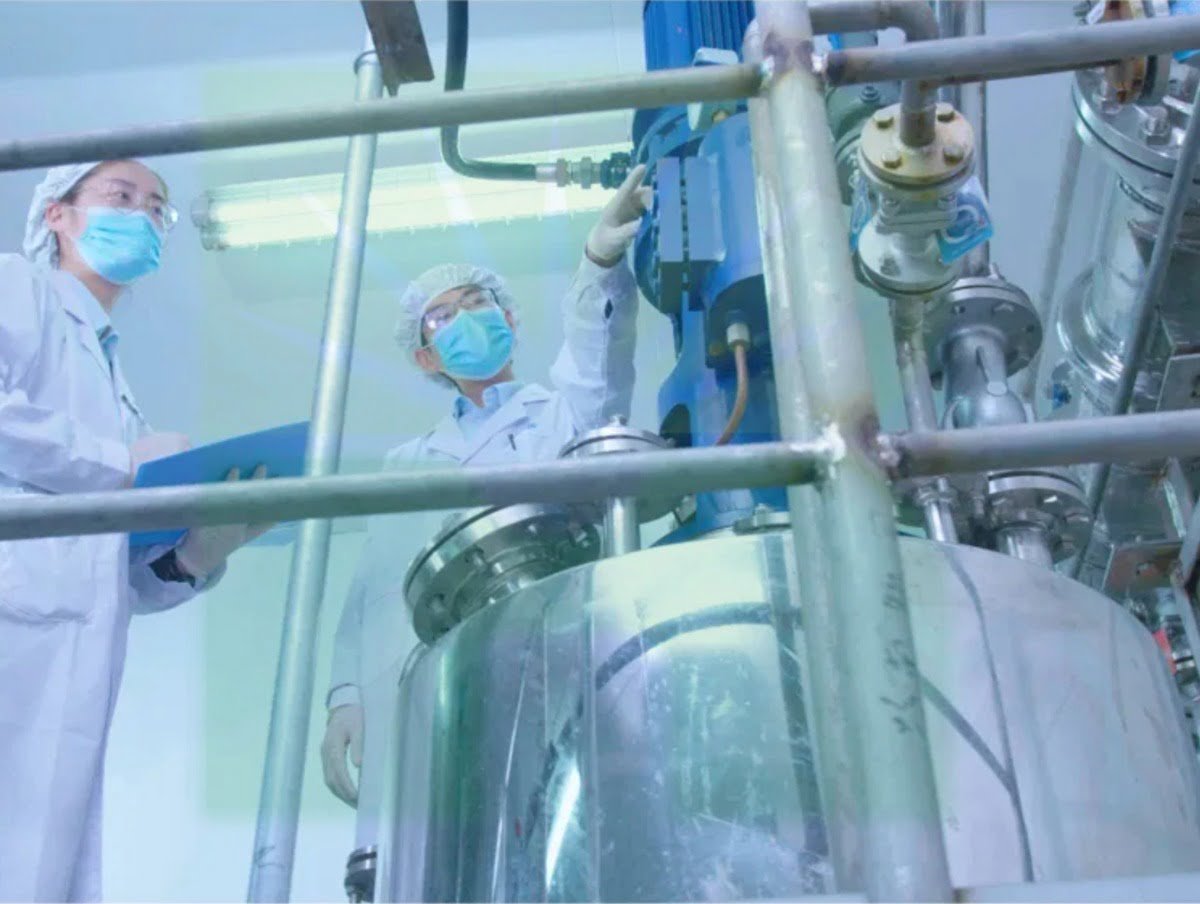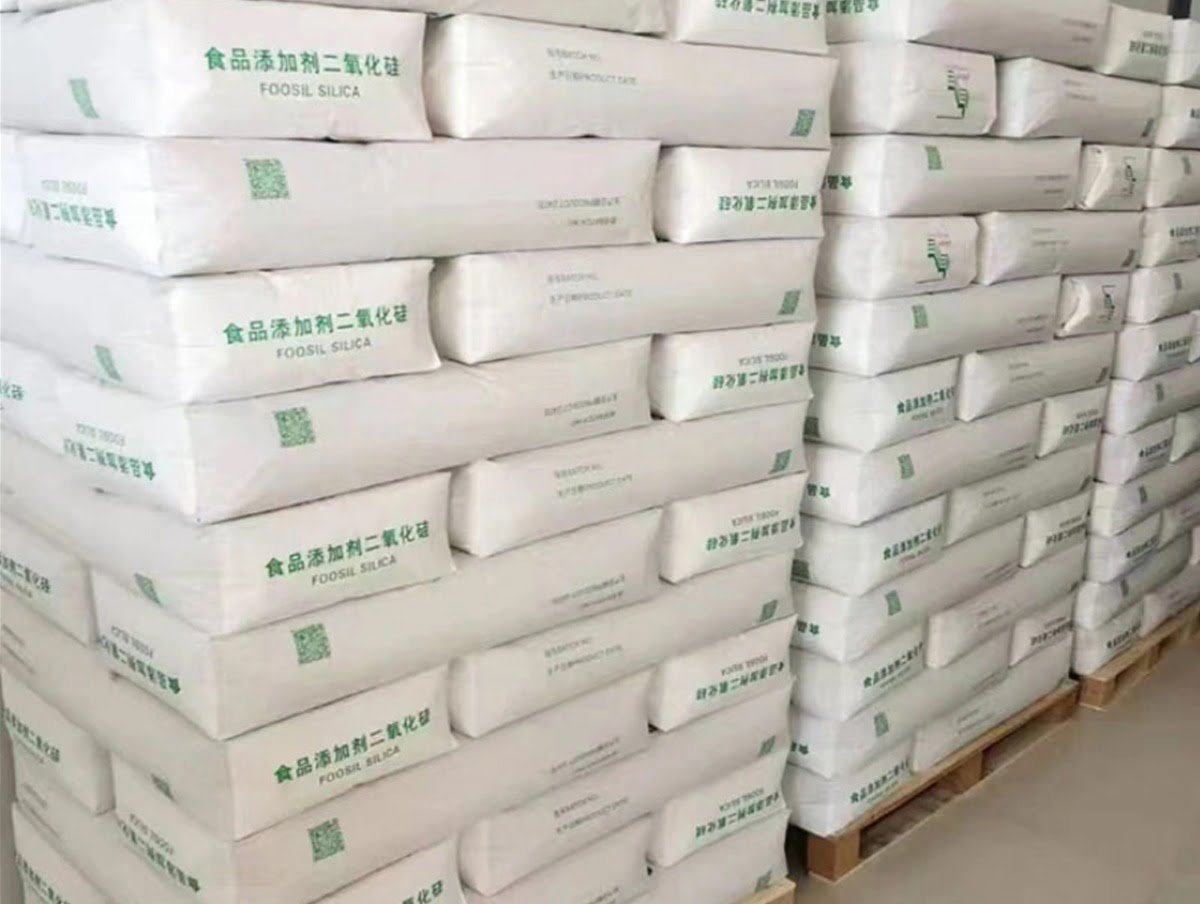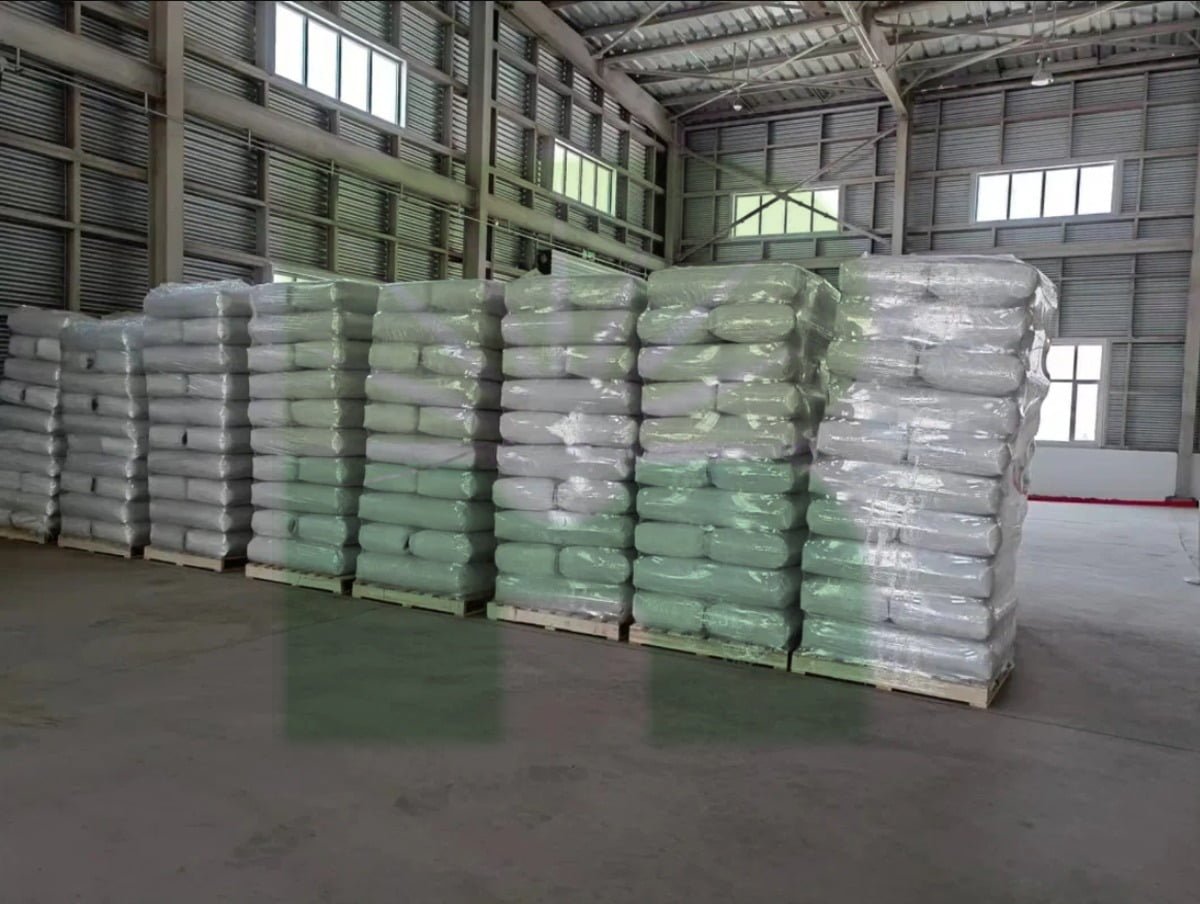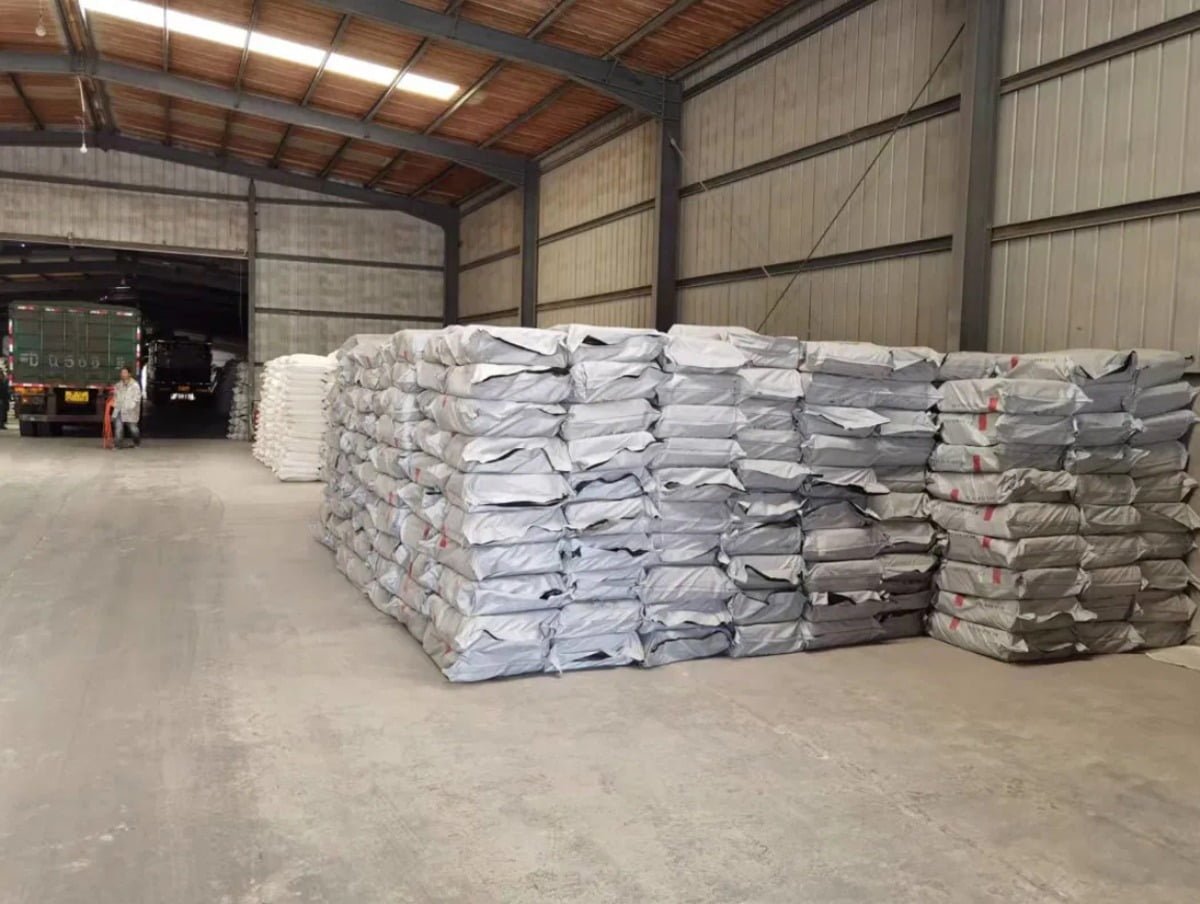Product
Silica(White Carbon Black)
- Home » Product » Fumed Silicas
Fumed Silicas Introduction
Silico® fumed silica is widely used in adhesives, sealants, silicone elastomers, coatings, composites, cosmetics, and fire extinguishers. It offers excellent rheology control (thickening, thixotropy, anti-sag) and reinforcement.
Hydrophilic fumed silica, made by hydrolyzing chlorosilanes in an oxyhydrogen flame, is composed of high-purity amorphous silicon dioxide. It is water-wettable and dispersible in water.
Hydrophobic fumed silica is created by treating hydrophilic silica with silanes or silicone fluids such as hexamethyldisilazane or polydimethylsiloxane. It features strong water-repellent properties and is not dispersible in water.


Hydrophilic Fumed Silica
Silico® hydrophilic fumed silica is a high-purity, amorphous silicon dioxide made by hydrolyzing chlorosilanes. It is water-dispersible, with excellent heat resistance, chemical stability, and thixotropic properties. Widely used in adhesives, elastomers, coatings, cosmetics, and more, it improves rheology, strength, and durability. Hydrophobic grades thicken non-polar solvents effectively.


Hydrophobic Fumed Silica
Silico® hydrophobic fumed silica is produced by chemically treating hydrophilic silica with silanes or silicone oils. It offers excellent water repellency and is not water-dispersible. Widely used in silicones, adhesives, sealants, coatings, inks, cosmetics, and composites, it provides thixotropy, anti-sag, and reinforcement. Ideal for moisture-sensitive formulas and pigment stabilization.
Applications of Fumed Silicas
Fumed silica, an ultrafine form of silicon dioxide, is used across various industries due to its high surface area and unique properties.
1. Paints and CoatingsFumed silica improves viscosity, prevents pigment settling, and enhances scratch resistance in paints and coatings.
2. Adhesives and SealantsIt adjusts viscosity and prevents sagging, while also improving the strength and durability of adhesives and sealants.
3. CosmeticsFumed silica enhances texture, provides a matte finish, and ensures even distribution of ingredients in cosmetics.
4. PharmaceuticalsIt helps improve powder flow in tablets and extends the shelf life of pharmaceutical products by absorbing moisture.
5. Food IndustryIn food products, fumed silica acts as an anti-caking agent, preventing clumping and ensuring free-flowing powders.
6. Construction MaterialsIt enhances strength, durability, and workability in construction materials like concrete and mortar.
7. High-Temperature ApplicationsFumed silica is used in high-temperature insulation materials, offering excellent thermal resistance in industrial and aerospace settings.
It adjusts viscosity and prevents sagging, while also improving the strength and durability of adhesives and sealants.
3. CosmeticsFumed silica enhances texture, provides a matte finish, and ensures even distribution of ingredients in cosmetics.
4. PharmaceuticalsIt helps improve powder flow in tablets and extends the shelf life of pharmaceutical products by absorbing moisture.
5. Food IndustryIn food products, fumed silica acts as an anti-caking agent, preventing clumping and ensuring free-flowing powders.
6. Construction MaterialsIt enhances strength, durability, and workability in construction materials like concrete and mortar.
7. High-Temperature ApplicationsFumed silica is used in high-temperature insulation materials, offering excellent thermal resistance in industrial and aerospace settings.
It helps improve powder flow in tablets and extends the shelf life of pharmaceutical products by absorbing moisture.
5. Food IndustryIn food products, fumed silica acts as an anti-caking agent, preventing clumping and ensuring free-flowing powders.
6. Construction MaterialsIt enhances strength, durability, and workability in construction materials like concrete and mortar.
7. High-Temperature ApplicationsFumed silica is used in high-temperature insulation materials, offering excellent thermal resistance in industrial and aerospace settings.
It enhances strength, durability, and workability in construction materials like concrete and mortar.
7. High-Temperature ApplicationsFumed silica is used in high-temperature insulation materials, offering excellent thermal resistance in industrial and aerospace settings.
About Fumed Silicas
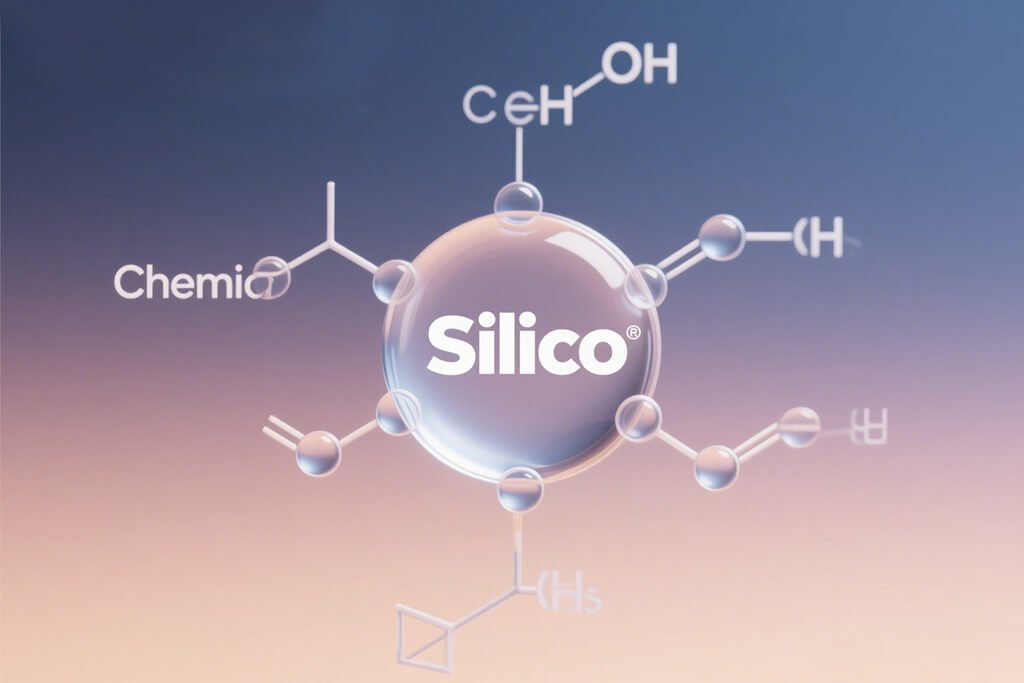

Chemical Structure
Fumed silica (SiO2) consists of fine, amorphous particles with a high surface area. It has a three-dimensional network structure, where silicon atoms are bonded to oxygen atoms. The particles are primarily spherical, forming aggregates that create a highly porous structure.


Physical Properties
Fumed silica is a white, odorless, amorphous powder with a low bulk density. It has a high surface area (100-400 m²/g), low refractive index, and is highly hydrophilic. Its particle size ranges from 7 to 40 nm, and it exhibits excellent thermal stability and resistance to chemical attack.
About Fumed Silicas FAQs
Fumed silica is widely used as a thickening agent, anti-settling agent, and reinforcing filler in industries like paints, coatings, adhesives, sealants, and inks. It is also used in cosmetics, pharmaceuticals, food products, and elastomers.
Fumed silica is considered safe for most industrial uses. It is non-carcinogenic, but inhalation of fine dust can irritate the respiratory system. Proper safety measures should be followed to minimize exposure.
Fumed silica is produced through flame hydrolysis, where silicon tetrachloride is reacted with hydrogen and oxygen at high temperatures, creating fine silica particles.
Fumed silica is a white, odorless, amorphous powder with low bulk density. It has a surface area of 100-400 m²/g and a particle size of 7-40 nm, offering high thermal stability and resistance to chemical attack.
Fumed silica is not classified as carcinogenic, but prolonged inhalation of its dust may cause respiratory issues. Using appropriate protective equipment is essential to minimize risk.
Packaging Specifications


Silico® Prouducts
Get a Catalog & Best Price
- Quick and helpful reply within 24 hours;
- Tailored solutions provided for your project;
- One-stop purchasing service.
How to Choose Fumed Silica?
Surface Chemistry
Hydrophilic: Best for water-based applications like paints.
Hydrophobic: Ideal for solvent-based systems, offering better dispersion and moisture resistance.
Particle Size & Surface Area
Smaller particles: Higher surface area, increases thickening and reinforcement.
Larger particles: Lower viscosity, enhances flow properties.
Application Type
Coatings: Choose based on resin type and viscosity needs.
Adhesives & Sealants: Opt for hydrophobic grades for sag resistance.
Cosmetics: Select grades that improve texture and dispersion.
Dispersion Quality
Ensure uniform dispersion for consistent performance.
Cost & Availability
Balance performance with budget and choose reliable suppliers.


